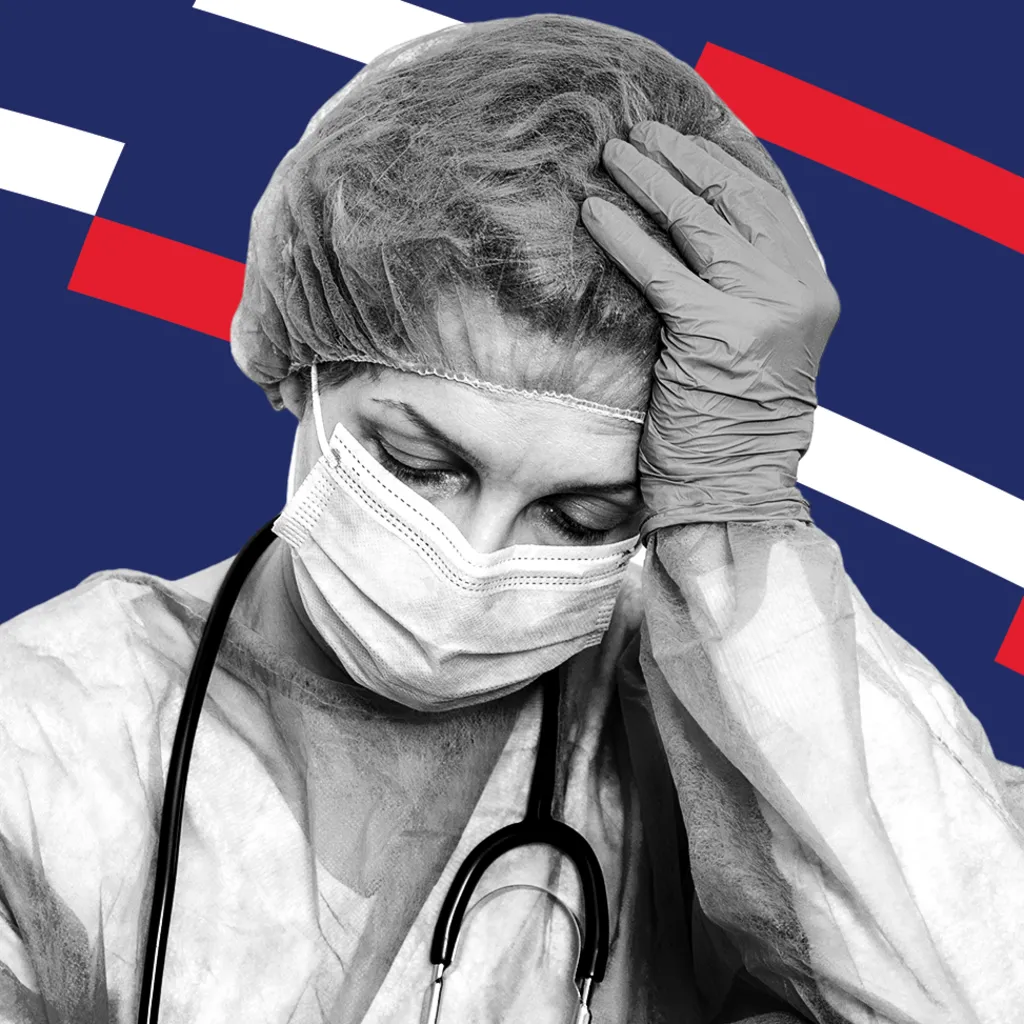From an office perched on the scalloped edge of the continent, Victoria Bradley jokes that she has the most beautiful doctor's practice in Australia.
Outside her window, farmland rolls into rocky coastline, hemming a glasslike bay striped with turquoise and populated by showboating dolphins.
Home to about 3,000 people, a few shops, two roundabouts and a tiny hospital, Streaky Bay is an idyllic beach town.
For Dr Bradley, though, it is anything but. The area's sole, permanent doctor, she spent years essentially on call 24/7.
Running the hospital and the general practitioner (GP) clinic, life was a never-ending game of catch up. She'd do rounds at the wards before, after and in between regular appointments. Even on good days, lunch breaks were often a pipe dream. On bad days, a hospital emergency would blow up her already punishing schedule.
Burnt out, two years ago she quit – and the thread holding together the remnants of the town's healthcare system snapped.
Streaky Bay is at the forefront of a national crisis: inadequate government funding is exacerbating a shortage of critical healthcare workers like Dr Bradley; wait times are ballooning; doctors are beginning to write their own rules on fees, and costs to patients are skyrocketing.
A once-revered universal healthcare system is crumbling at every level, sometimes barely getting by on the sheer willpower of doctors and local communities.
As a result, more and more Australians, regardless of where they live, are delaying or going without the care they need.
Health has become a defining issue for voters ahead of the nation's election on 3 May, with both of Australia's major parties promising billions of dollars in additional funding.
But experts say the solutions being offered up are band-aid fixes, while what is needed are sweeping changes to the way the system is funded – reform for which there has so far been a lack of political will.
Australians tell the BBC the country is at a crossroads, and needs to decide if universal healthcare is worth saving.
The cracks in a 'national treasure'
Healthcare was the last thing on Renee Elliott's mind when she moved to Streaky Bay – until the 40-year-old found a cancerous lump in her breast in 2019, and another one four years later.
Seeing a local GP was the least of her problems. With the expertise and treatment she needed only available in Adelaide, about 500km away, Mrs Elliott has spent hundreds of hours and tens of thousands of dollars accessing life-saving care, all while raising three boys and running a business.
Though she has since clawed back a chunk of the cost through government schemes, it made an already harrowing time that much more draining: financially, emotionally and physically.
"You're trying to get better… but having to juggle all that as well. It was very tricky."
When Australia's modern health system was born four decades ago – underpinned by a public insurance scheme called Medicare – it was supposed to guarantee affordable and accessible high-quality care to people like Mrs Elliott as "a basic right".
Health funding here is complex and shared between states and federal governments. But the scheme essentially meant Australians could present their bright green Medicare member card at a doctor's office or hospital, and Canberra would be sent a bill. It paid through rebates funded by taxes.
Patients would either receive "bulk billed" – completely free – care, mostly through the emerging public system, or heavily subsidised treatment through a private healthcare sector offering more benefits and choice to those who wanted them.
Medicare became a national treasure almost instantly. It was hoped this set up would combine the best parts of the UK's National Health Service and the best of the United States' system.
Fast forward 40 years and many in the industry say we're on track to end up with the worst of both.
There is no denying that healthcare in Australia is still miles ahead of much of the world, particularly when it comes to emergency care.
But the core of the crisis and key to this election is GP services, or primary care, largely offered by private clinics. There has historically been little need for public ones, with most GPs choosing to accept Medicare rebates as full payment.
That is increasingly uncommon though, with doctors saying those allowances haven't kept up with the true cost of delivering care. At the same time, staff shortages, which persist despite efforts to recruit from overseas, create a scarcity that only drives up prices further.
According to government data, about 30% of patients must now pay a "gap fee" for a regular doctor's appointment – on average A$40 (£19.25; $25.55) out of pocket.
But experts suspect the true figure is higher: it's skewed by seniors and children, who tend to visit doctors more often and still enjoy mostly bulk-billed appointments. Plus there's a growing cohort of patients not captured by statistics, who simply don't go to the doctor because of escalating fees.
Brisbane electrician Callum Bailey is one of them.
"Mum or my partner will pester and pester and pester… [but] I'm such a big 'I'll just suffer in silence' person because it's very expensive."
And every dollar counts right now, the 25-year-old says: "At my age, I probably should be in my prime looking for housing… [but] even grocery shopping is nuts.
"[I] just can't keep up."
